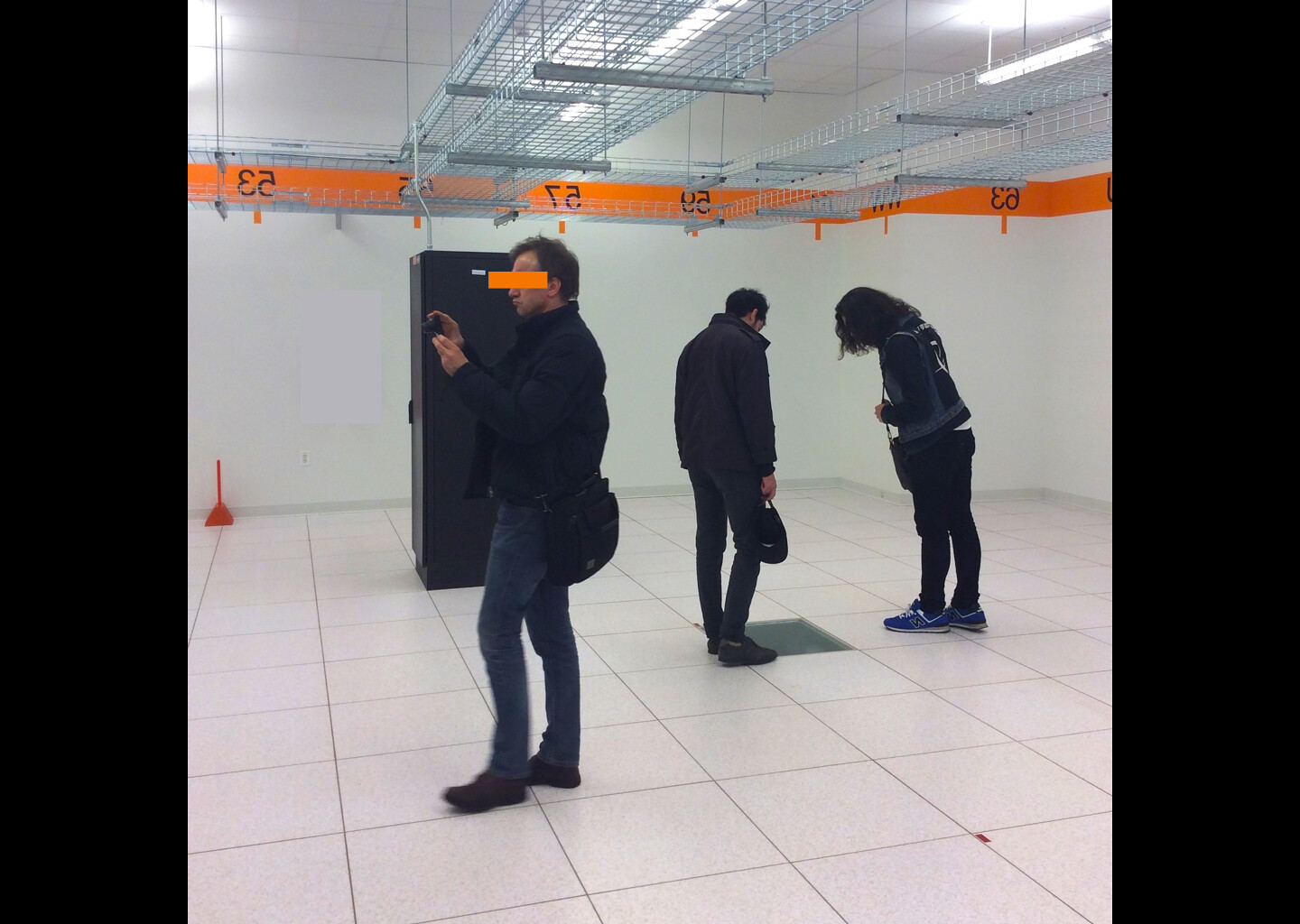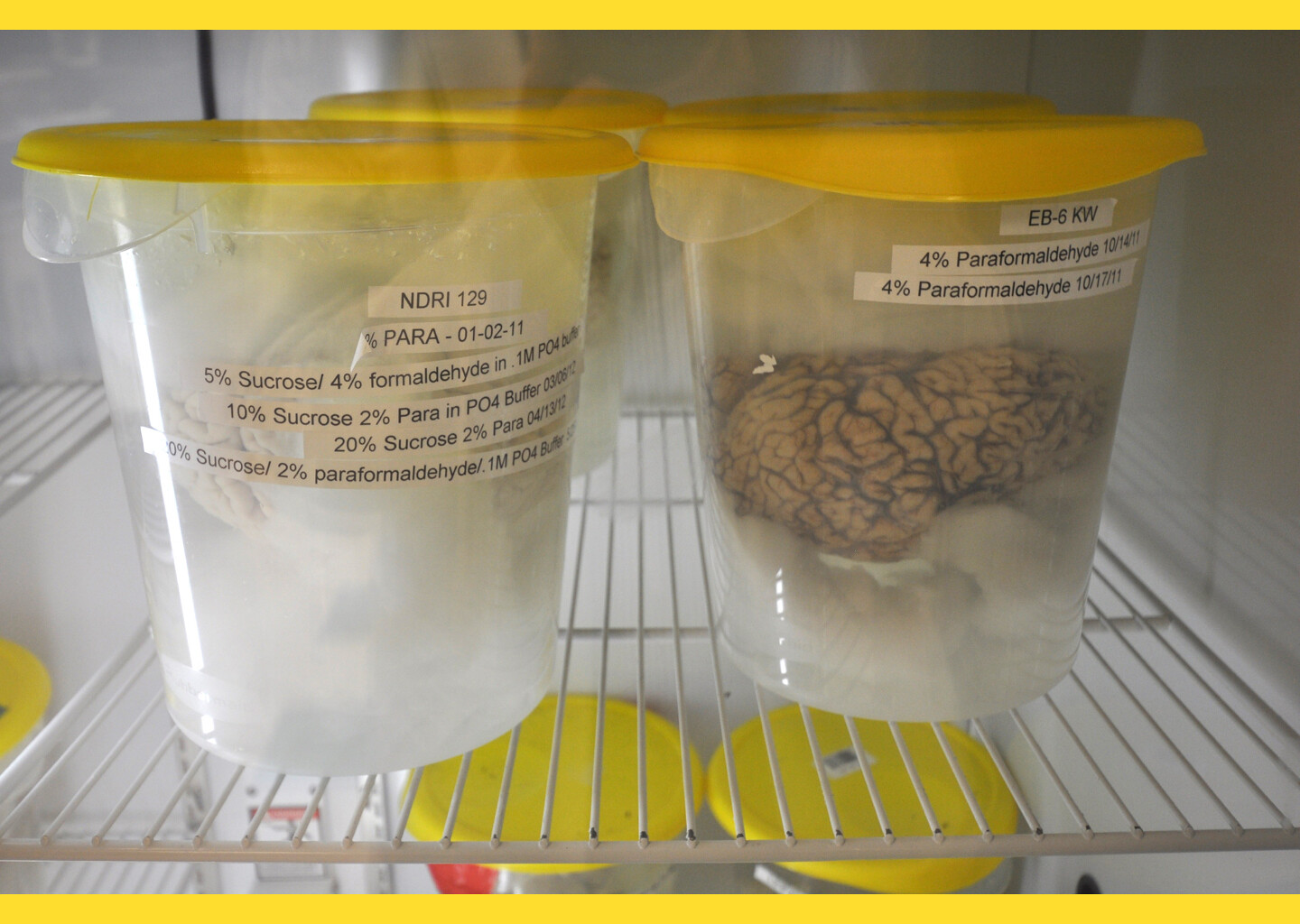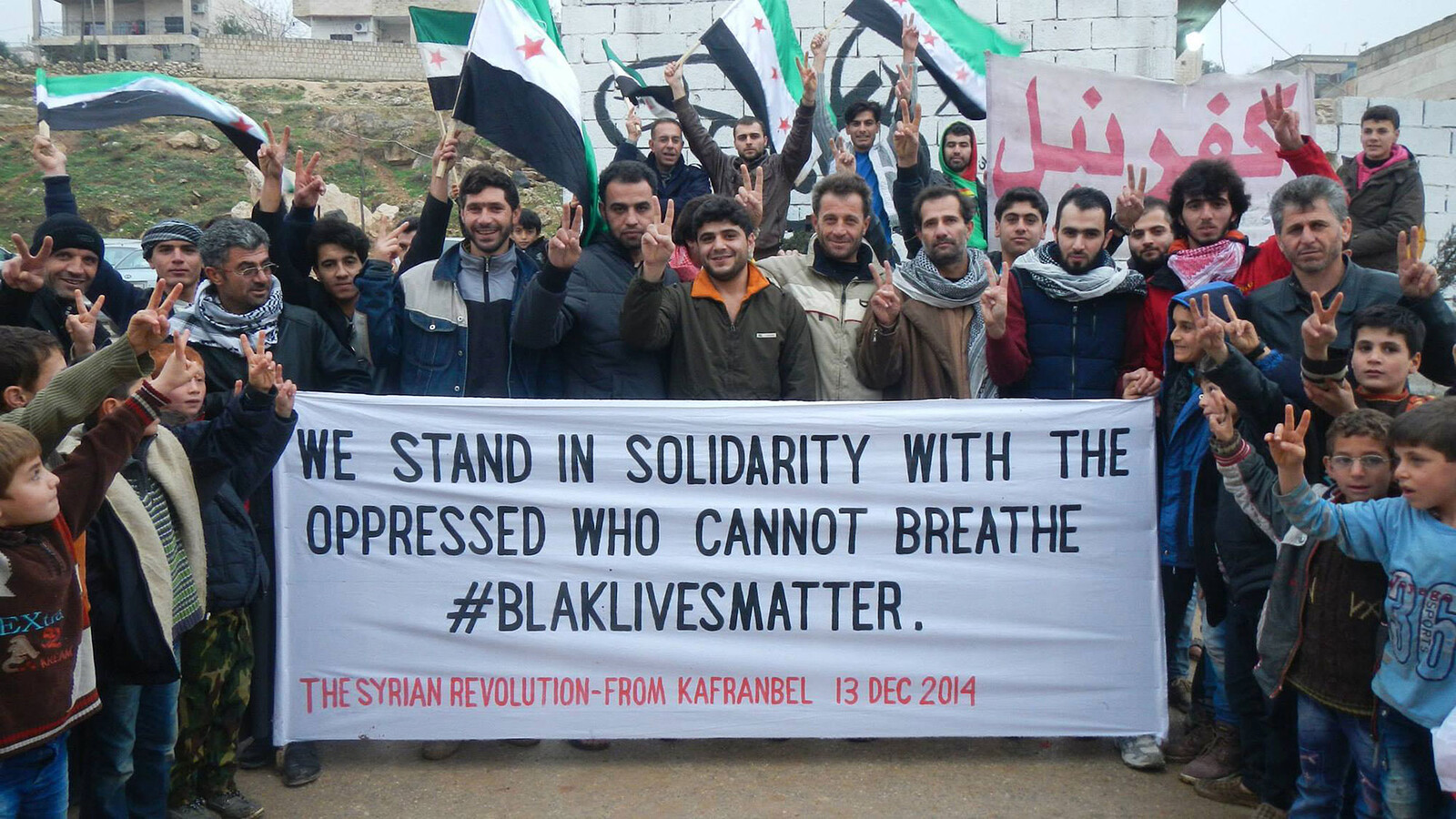Anthropogeny is the study of human origins, of how something that was not quite human becomes human. It considers what enables and curtails us today: tool-making and prehensile grasp, the pre-frontal cortex and abstraction, figuration and war, mastering fire and culinary chemistry, plastics and metals, the philosophical paths to agricultural urbanism and more.1 Given that Darwinian biology and Huttonian geology are such new perspectives, we may say that Anthropogeny, in any kind of scientific sense, is only very recently possible. Before, human emergence was considered from the distorting perspective of local folklores. Creation myths, sacred and secular, have been placeholders for Anthropogeny, and still now defend their turf. When Hegel was binding the history of the world to the history of European national self-identity, it was assumed among his public that the age of the planet could be measured in a few millennia (1e3 or 1e4 years), not aeons (1e9 years). The fabrication of social memory and the intuition of planetary duration were thought to operate in closely-paired natural rhythms. While the deep time of the genomic and geologic record shows that that they do not, the illusion of their contemporaneity also brought dark consequences that, strangely enough, would actualize that exact same illusion. In the subsequent era, the meta-consequence of this short-sighted conceit is the Anthropocene itself, a period in which local economic history has in fact determined planetary circumstances in its own image.2 The temporal binding of social and planetary time has been, in this way, a self-fulfilling superstition.
As such, how is the anthropos of Anthropogeny similar to or different from the anthropos of the Anthropocene? Are they correspondent? Does the appearance of the human lead inevitably toward, if not this particular Anthropocene, then an Anthropocene, and some eventual strong binding of social and geologic economies? Whether the two “anthropoi” are like or unlike in origin, can they converge or diverge? Instead of becoming human, does a sharp temporal linking also speak to becoming something else? That is, in what ways is a post-Anthropocene—a geo-historical era to come, eventually— aligned with Anthropolysis—or the inverse of Anthropogeny—a becoming inhuman, posthuman, unhuman, or at least a very different sort of human?
At this thin moment, the answers to this question are pressing because: (1) the very ongoingness of our ecological substrate is in question, and mass extinction (including perhaps human extinction) looms as one possible outcome of the human project, and (2) the explosive technogenesis of both organic and inorganic non-human species proceeds apace (animal, vegetable but especially mineral). The scientific possibility of marking basic terms of Anthropogeny occurs at the same moment (geologically speaking) that at least two paths of Anthropolysis—collapse and/or dissolution—come to the fore. Finally as well, does the knowledge of the latter pre-suppose the former in some important way? In what ways is the knowledge of distant origins that makes the study of Anthropogeny possible a cause or an effect of the Thanatonic arc?
Unsurprisingly, all this may be just too much for to swallow. The trauma of anthropic disenchantment hits not just individual self-identity, but collective identities as well, perhaps even more so. Dismally symptomatic of this are the folkish festivals of fear that now occupy political forums. The consolidation of ethnonationalist authoritarianism here and there is, among other things, a recidivist anti-Modernism that finds philosophical justification from many different corners. Not that the autocrats care, but it is not only the Alexander Dugins of the world who counter technoscientific rationalism with a new mysticism, a revived indigeneity/nativism, and a suspicious anti-materialism.3 The “Left” has its own Heideggerians, anti-universalists, and champions of spooky tribal intuition as well. Regardless of the specific topic (artificial intelligence, astronomy, chemical mutagenesis, or what have you), they may respond to the implications of a general economy of Anthropogeny/Anthropolysis with oblivious calls for an “ethical reintroduction” of human experience and scale as a grounding measure. Just as the death of god and the attempts at political atheism displaced theological urges into authoritarian politics (in turn, inviting state religion back onstage), it is hard not to see the recent rise of Right-wing nationalist populism as spasms of denial about the passing of certain illusions: a sprawling, hastily-assembled, low-budget parade of zombie rain gods, scapegoats and virgins, towed along slowly through the streets by all-volunteer court conspiracies, meaningless feats of symbolic violence and mumbling commentary (mine included). When confronted, directly and indirectly, with the promiseless implications of ecological indifference to cultural traditions, people will vote for sovereigns who promise to rebind them together, and who claim powers to make reality obey the tribal narrative. By rituals of public voice, these arbitrary yarns are apparently made real through a magical politics of representation and identification. What Carl Schmitt called “political theology” comes into its own when the function of the state is to provide what amounts to a religious plotline. As publics and polities are drawn by regional myths and hemispherical grossraum, humans literally vote for mind over matter. Matter, however, is unconvinced.


Gas station in Tijuana (2013).
The Anthropocenic puzzle is not unscrambled, however, just by reason getting in its way. The means by which we get outside our prejudicial intuitions about how the world works may also be the means by which we undermine the ecological substrate of the world, and vice versa. As I and others have written, the reason we know that climate change is even happening at the nuanced degrees that we do is because of the measurement capacities of terrestrial, oceanic, atmospheric sensing meta-apparatuses that are at least representative of an industrial-technological system whose appetite is significantly responsible for the changes being measured in the first place.4 This correspondence may be the rule, not the exception, and for the Anthropogeny/Anthropolysis dynamic, a more crucial example is the relationship between oil and deep time. Finding oil was (and is) an impetus for the excavation of Earth, an ongoing project that turns up sedimentary layers of fossils and provides evidence of an old Earth and deep time. If not for the comprehensive disgorging of fossil fuels since the late-nineteenth century, we would not have this Anthropocene, and if not for the economic incentive to look below and at rocks in this way, we may not have been confronted with the utter discontinuity between anthropometric time and planetary time. So, even if deep time is one of the ways that we learn to de-link social and phenomenological time from planetary time, its discovery was made possible by an industry that operated on nature with the local conceit that ecological time is subordinate to social time, and now we have the “accidental” fulfillment of that superstition by the Anthropocene’s binding of social and geologic time. By pursuing the illusion as if it were true, we discovered, as a by-product, that it was false, but the by-product of doing so is that we made it true.
What else do we know? What else are we good for? If as in Stanislaw Lem’s Solaris, the surface of the planet’s ocean was sentient, the planet Earth’s strategy toward sentience includes layered networks of neurons in the folded grey matter of animal brains, particularly but not exclusively the cerebral cortex of primates, namely humans. We are, as Nikolai Fedorov wrote a century ago, the medium through which the planet thinks.5 Having folding some of its matter into the shape of brains and waiting a few million years for these blobs to sort it out, one of the things the Earth very recently learned is its own age. Earth is 4.6 billion years old.6 A confident figure for the age of the Earth came as late as 1953, the year that Beckett premiered Waiting For Godot. We, the Earth’s digestive residue, were able to discover and know the planet’s own duration (quite impressive seeing as how for most of our existence, we thought that the planet ran on our time!) Was this project, in which the Earth formulated from itself a biochemical intensity (aka humans) capable of knowing how old it is, worth the cost? A Faustian bargain to top all: was discovering this fundamental truth worth exhuming hundreds of millions of years of pre-Mesozoic biomatter for a two-century fuel supply and inauguration of mass extinction? I asked my students if they thought it was worth it. They were split. Maybe the better question would have been, “what would make it worth it?” Must the accomplishment of a Copernican epistemic disenchantment destroy, or at least threaten, that which it knows; or is it only provisional damage that will make for a more durable relationship between knower and known?


Investigating a data center near Princeton, New Jersey (2014).
Some will categorically say that it is not worth it. There are those, as suggested, who are eager to renounce Modernity, reason or globalization, some going “full Sokal” with New Age post-structuralism and others “full Kaczynski” with political Primitivism. To pick an easy target among the latter group, John Zerzan may occupy one end of the spectrum of answers to the Copernican-Faustian question, arguing that the whole agricultural revolution was a mistake and questioning if a new hunter-gatherer society were to believe, by reckoning only, that the Sun revolved around the Earth, then so what? Are we truly better-off for our fancy heliocentrism, he asks?7 Is the Earth better off? For Zerzan, the answer is clearly “no, the Copernican insight is not worth it.” Almost no knowledge is worth damaging or even disturbing Holocenic equilibrium, certainly not mere astronomic self-awareness. For Zerzan, it is abstraction itself, or what he calls “symbolic thought,” that is the root of domination, from agriculture to governments. (From such depths, deep ecological misanthropy, anarchist theories of spontaneous cooperation, the sophistries of anti-rationalist gurus and a motivated Foucauldian suspicion of disciplinary knowledge find common cause, however dubious.)At another end of the spectrum (closer to where I sit), others would say that it is and was worth it, or could still be made to have been worth it. They may counter that, just as early protozoa, wiggling their cilia in the bubbling primordial curry, mapped their surroundings to figure out friend, food and foe, so too do Anthropocenic species carry forth cosmic tasks: to form function into abstraction and back again, and for matter to cohere into meta-cognition. Further, abstraction through goal-oriented models of the world is not only what intelligence is, but it’s built into matter itself. Rather than something that sets humans apart, humans are the medium of its accomplishment. The project remains then not to escape the human like an old skin, but rather to (re)design its parameters, what its always-already unstable threshold contains and is contained by.8 That design project works not just on the individual unit, but on what the collective is and may be; what it organizes and according to what patterns, (other than settler colonialism, legacy genomes and bronze age myths): what free migrations and Galapagos effects, what charter polities, charter stacks and charter geographies?
And so what then? If the Anthropocene binds social time to planetary time, then let the former scale up to the latter, not the latter down to the former. With maximum demystification, make human economies operate according to the geologic scale we found hiding under the rocks. This inversion of the temporal binding we have is a good definition of the Post-Anthropocene we need, and the inversion of the humanist position and perspective it would require is the Anthropolysis we want.
Sascha Pohflepp, a PhD. Student I advise at the University of California, San Diego, is working toward a degree emphasis in the joint program in Anthroogeny, and this essay expands on our discussions.
Dipesh Charkrabarty has identified a similar conjunction. See his “The Climate of History: Four Theses” Critical Inquiry Vol. 35, No. 2 (Winter 2009), pp. 197-222.
Alexander Dugin, the ponderous Russian spokes-theorist for Eurasian Traditionalism, offered the following sentiment: “We need to return to the Being, to the Logos, to the foundamental-ontology (of Heidegger), to the Sacred, to the New Middle Ages—and thus to the Empire, religion, and the institutions of traditional society (hierarchy, cult, domination of spirit over matter and so on). All content of Modernity—is Satanism and degeneration. Nothing is worth, everything is to be cleansed off. The Modernity is absolutely wrong—science, values, philosophy, art, society, modes, patterns, “truths,” understanding of Being, time and space. All is dead with Modernity. So it should end. We are going to end it.” So there you have it. See his blog post “Traps and dead ends of the new nationalism,” ➝.
See Benjamin H. Bratton, The Stack: On Software and Sovereignty (MIT Press: 2015), 96–106.
See Nikolai Federov, “The Common Task” in #Accelerate: The Accelerationist Reader, eds. Robin Mackay and Armen Avanessian (Urbanomic: 2014), 83–90.
See the story of Clair Cameron Patterson and his seminal research on lead isotopes, Clair Patterson (1956), “Age of meteorites and the Earth”, Geochimica et Cosmochimica Acta, 10 (4): 230–237,
See John Zerzan, “Number: Its Origin and Evolution”, ➝.
See also Reza Negarastani, “The Labor of the Inhuman, Part 1: Human,” e-flux journal #52 (February 2014), ➝.
Superhumanity is a project by e-flux Architecture at the 3rd Istanbul Design Biennial, produced in cooperation with the Istanbul Design Biennial, the National Museum of Modern and Contemporary Art, Korea, the Govett-Brewster Art Gallery, New Zealand, and the Ernst Schering Foundation.
Superhumanity, a project by e-flux Architecture at the 3rd Istanbul Design Biennial, is produced in cooperation with the Istanbul Design Biennial, the National Museum of Modern and Contemporary Art, Korea, the Govett-Brewster Art Gallery, New Zealand, and the Ernst Schering Foundation.






























































